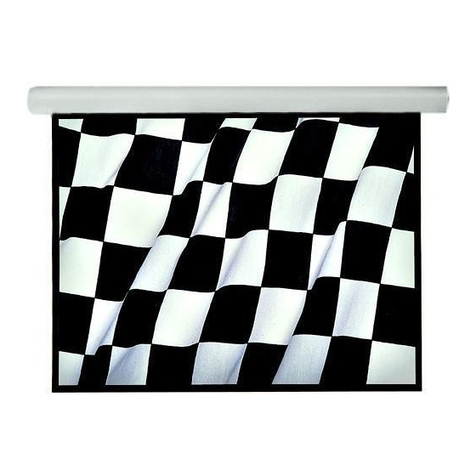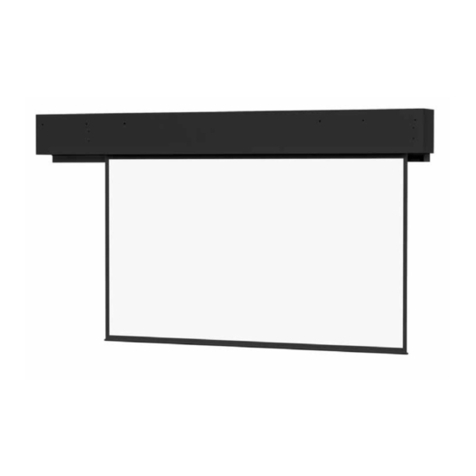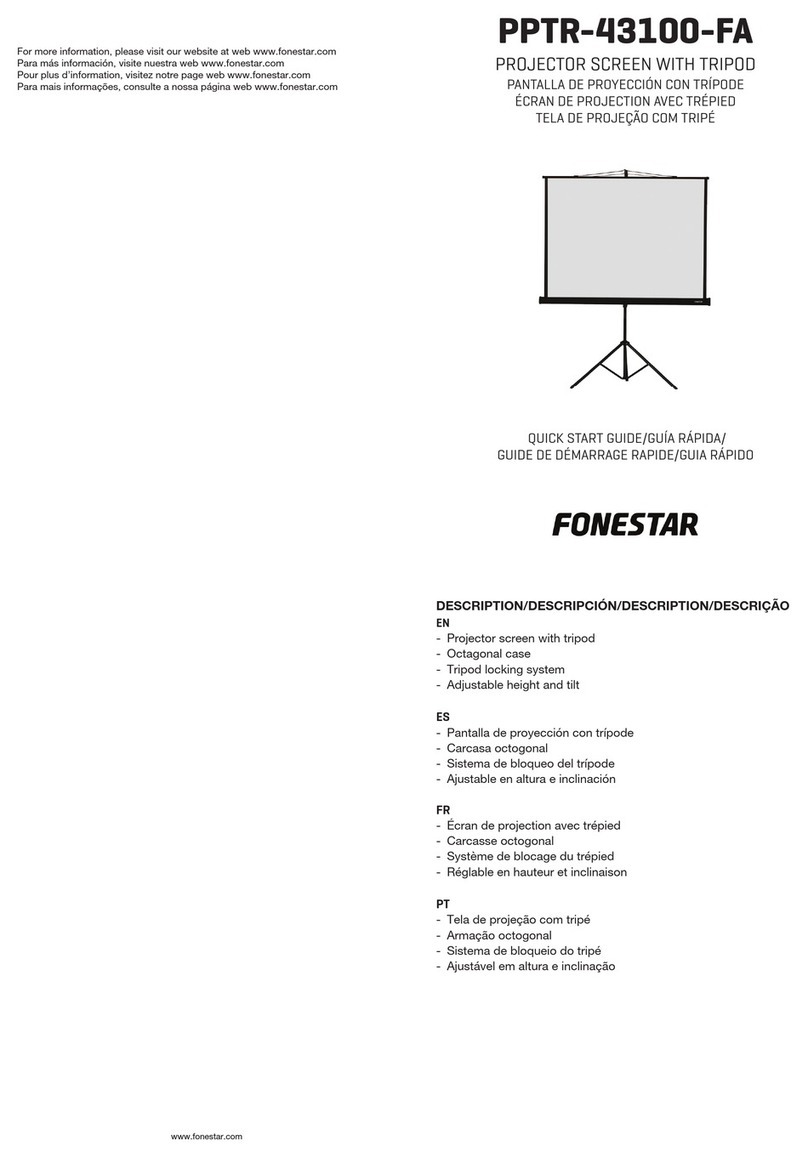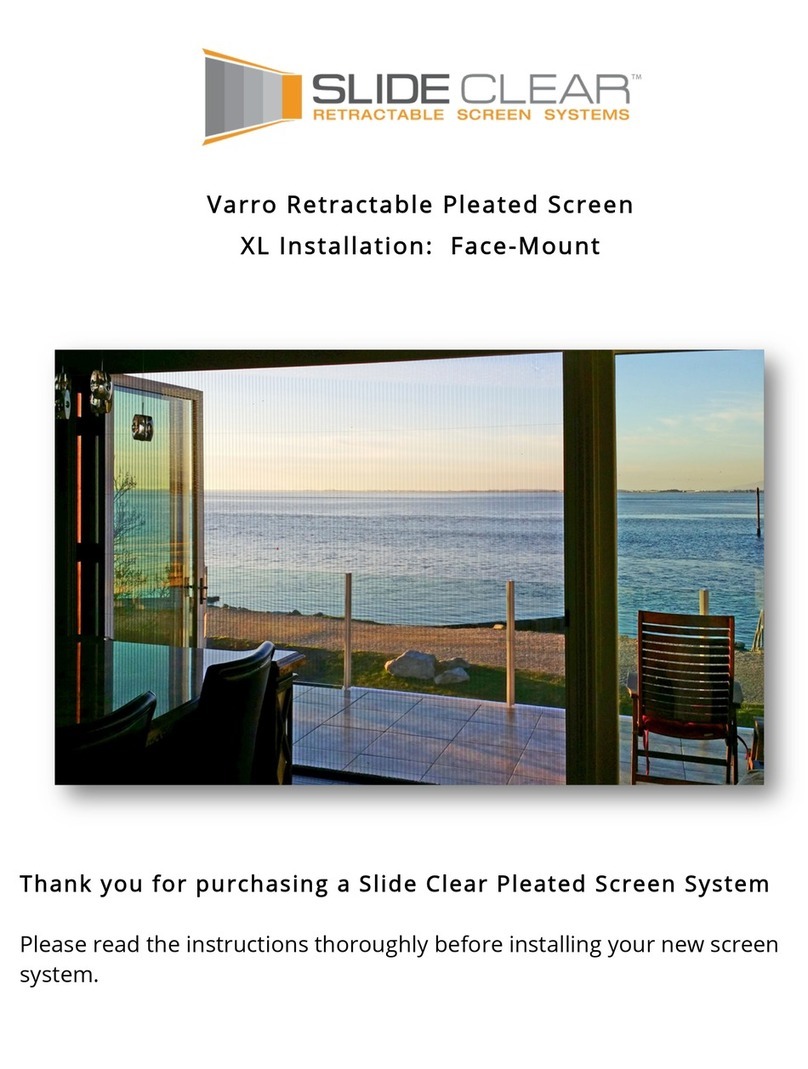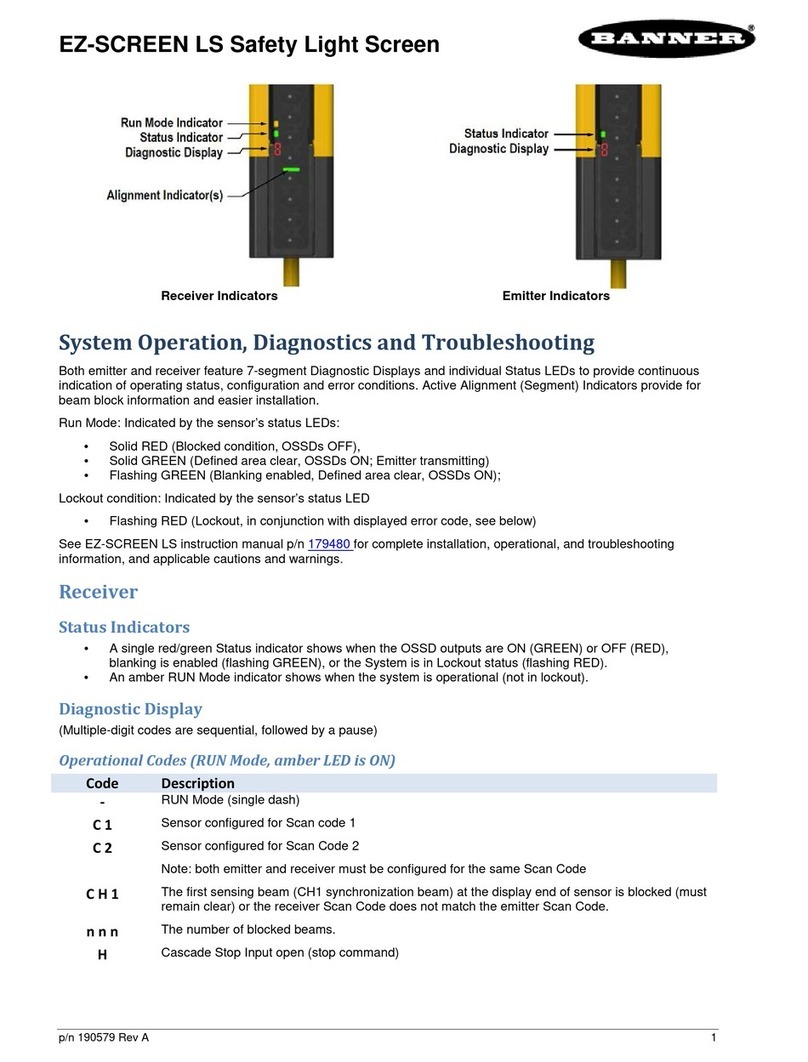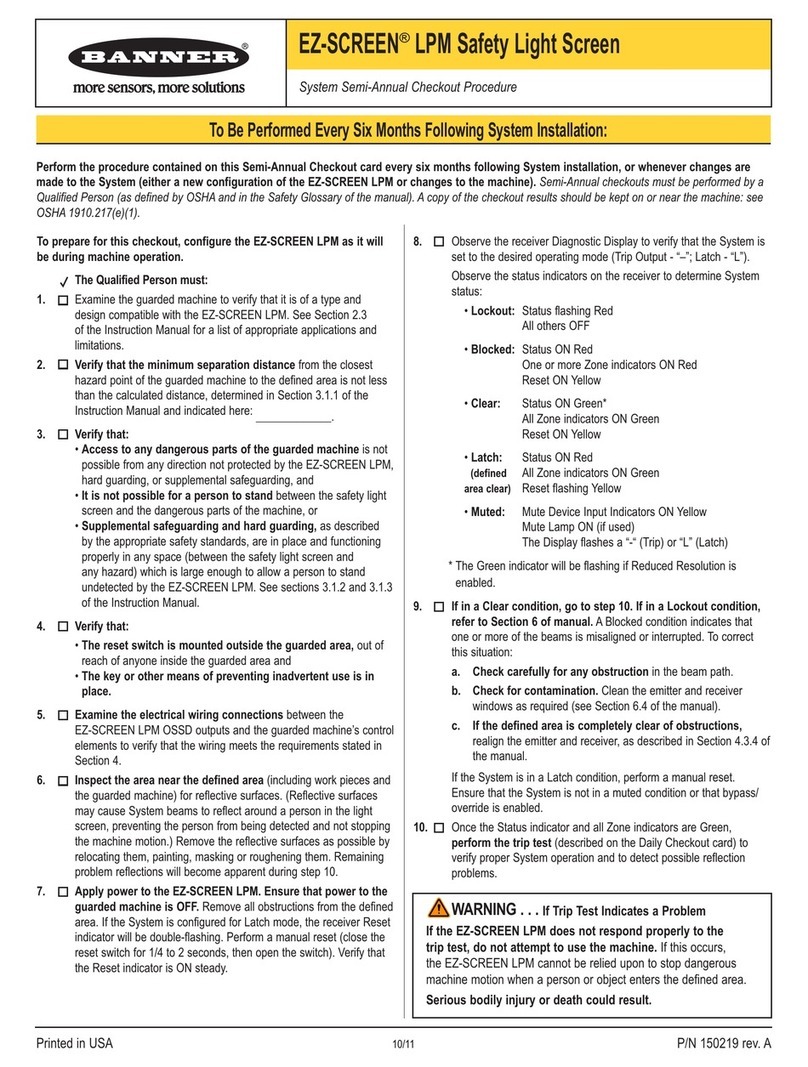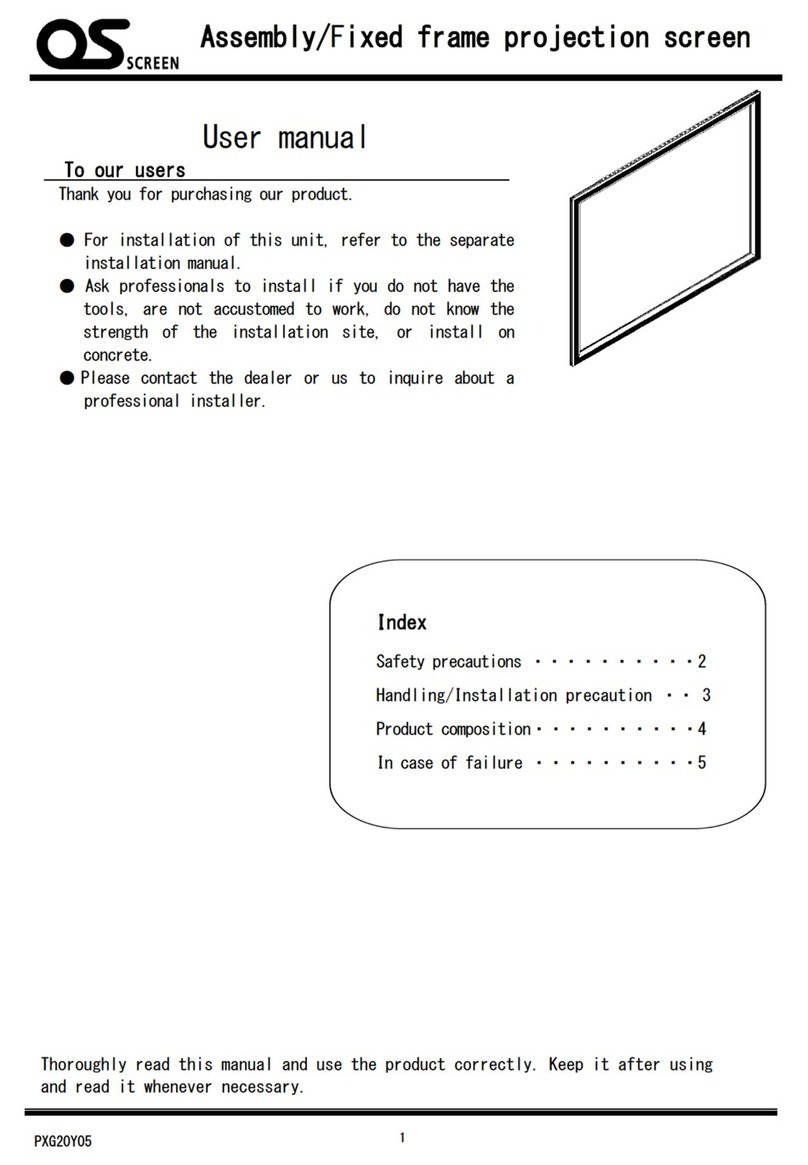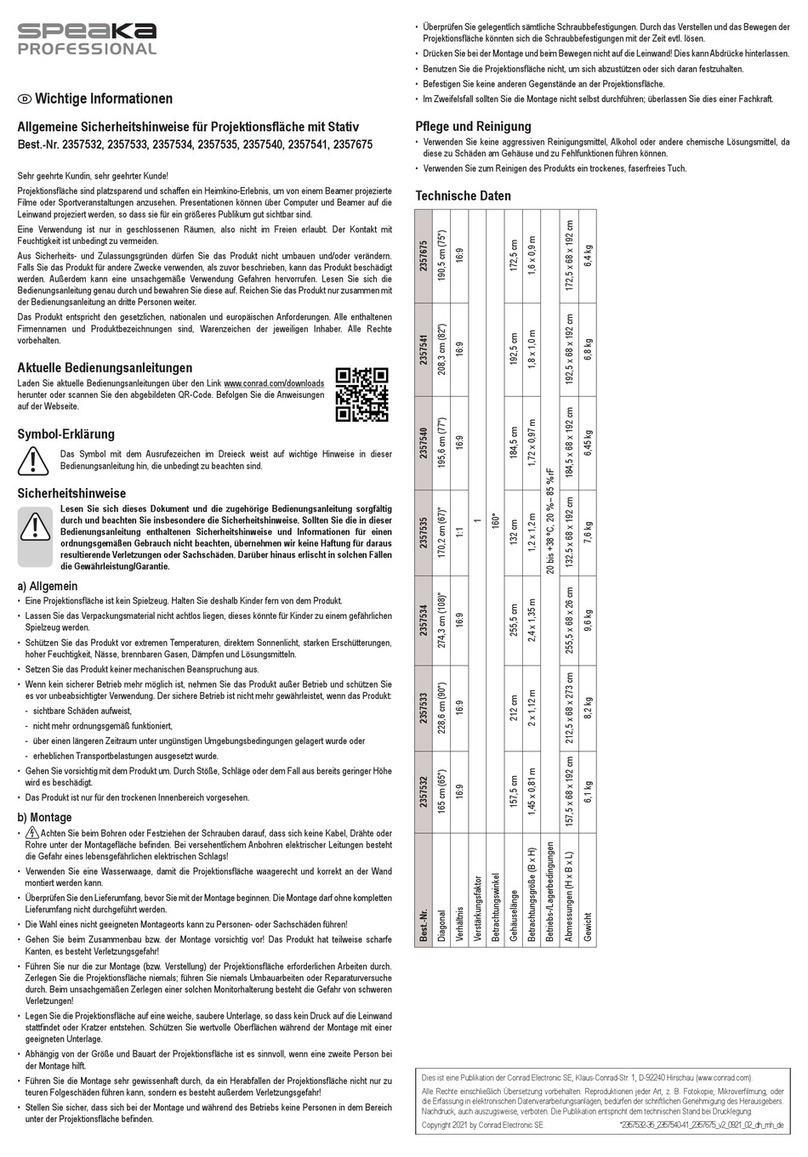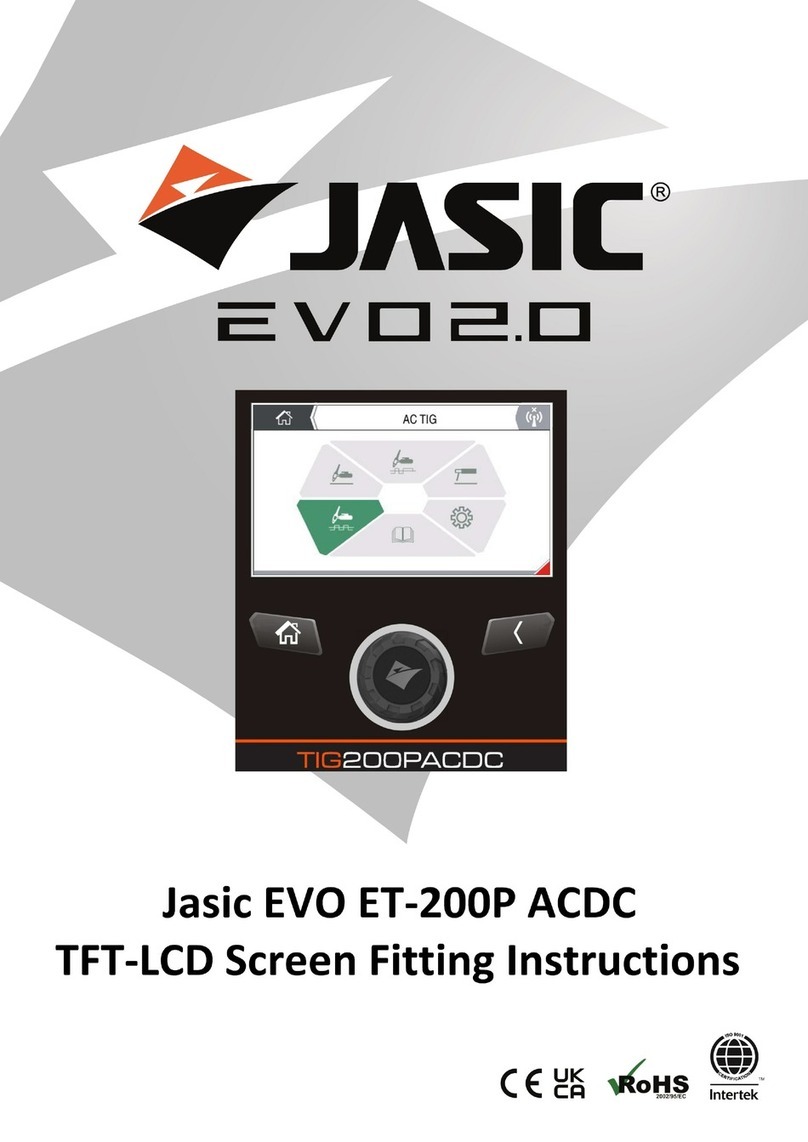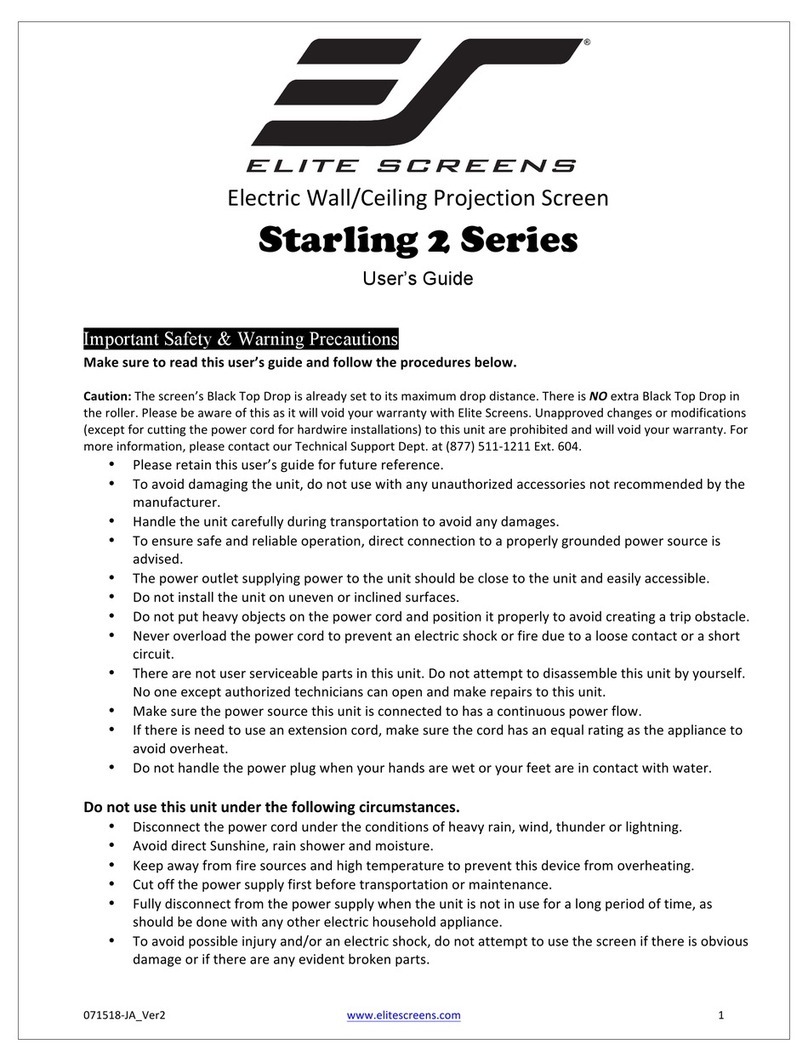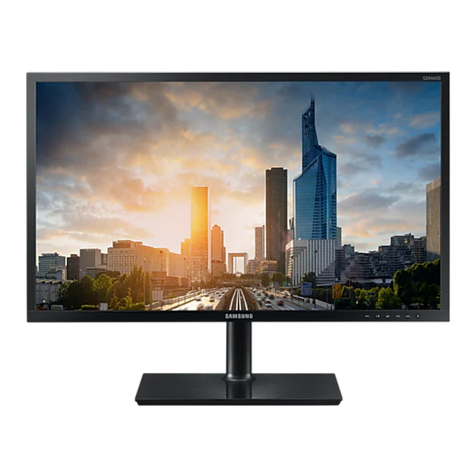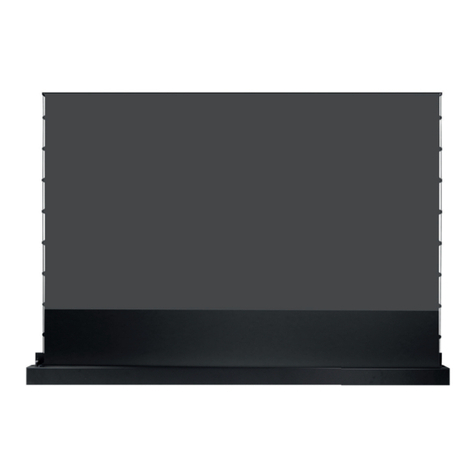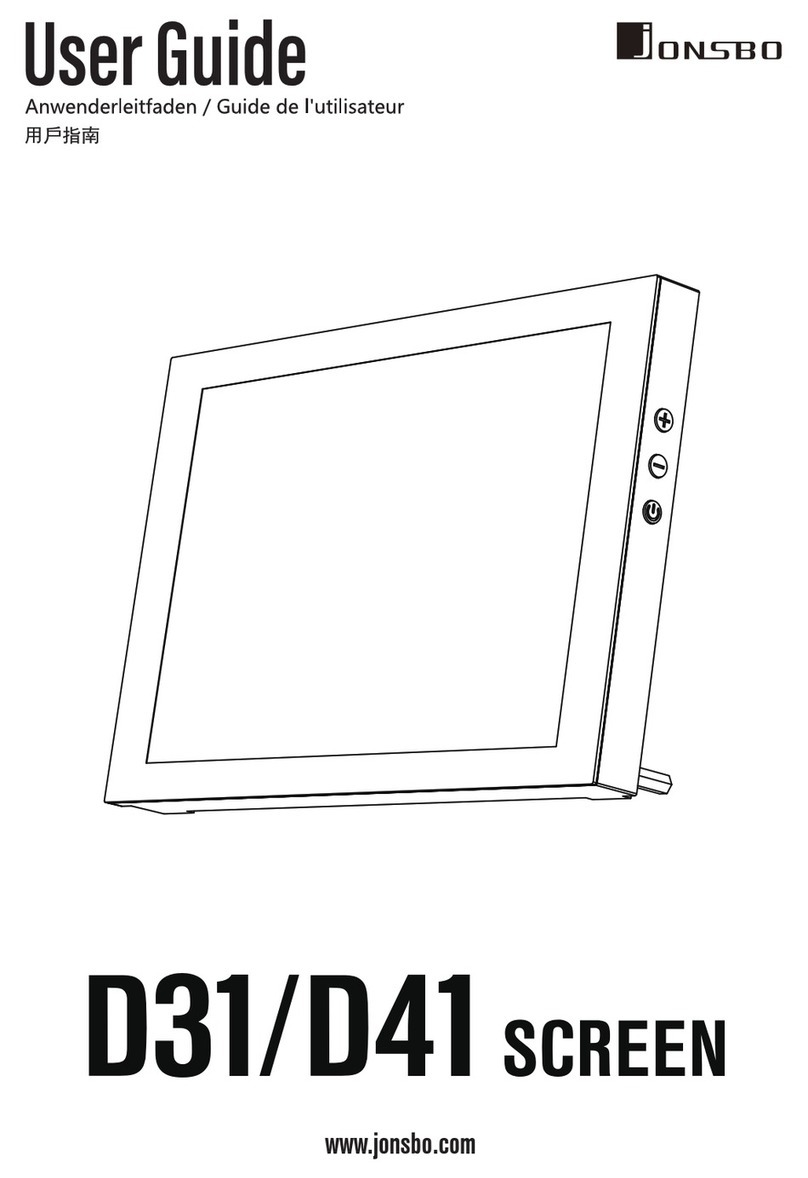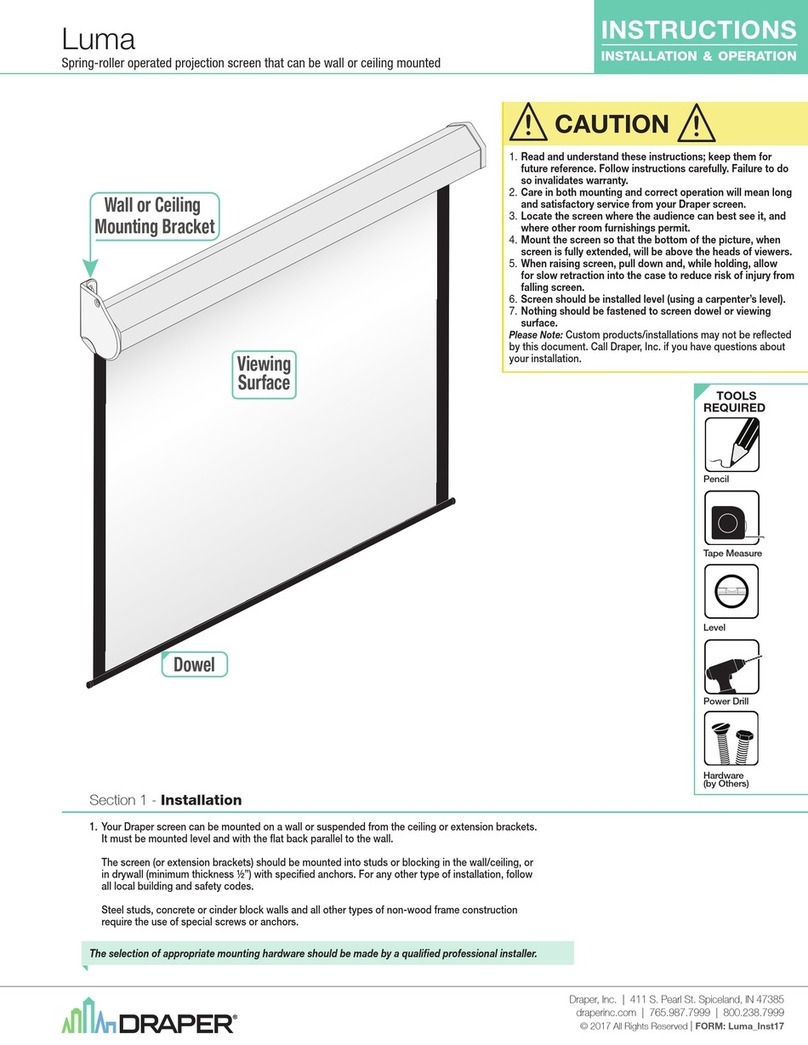
Contents
1 About This Document .................................................................................................................................................. 4
1.1 Important... Read This Before Proceeding! ......................................................................................................................................4
1.1.1 Use of Warnings and Cautions .................................................................................................................................................4
1.2 EU Declaration of Conformity (DoC) ................................................................................................................................................4
2 Introduction ...................................................................................................................................................................5
2.1 Features ..........................................................................................................................................................................................5
2.2 System Description ......................................................................................................................................................................... 5
2.3 Appropriate Applications and Limitations ........................................................................................................................................6
2.3.1 Examples: Appropriate Applications ........................................................................................................................................7
2.3.2 Examples: Inappropriate Applications ..................................................................................................................................... 7
2.4 Control Reliability and Safety Categories .........................................................................................................................................8
2.5 Operating Features .......................................................................................................................................................................... 8
2.5.1 Trip/Latch Output .....................................................................................................................................................................8
2.5.2 Wiring Options for Emitter/Receiver Swapability ..................................................................................................................... 9
2.5.3 Manual Reset/Remote Test Input and EDM ............................................................................................................................9
2.5.4 Status Indicators ....................................................................................................................................................................10
3 Mechanical Installation ............................................................................................................................................... 11
3.1 Mechanical Installation Considerations .........................................................................................................................................11
3.1.1 Calculating the Safety Distance (Minimum Distance) .............................................................................................................11
3.1.2 Reducing or Eliminating Pass-Through Hazards ...................................................................................................................14
3.1.3 Supplemental Safeguarding .................................................................................................................................................. 15
3.1.4 Other Considerations ..............................................................................................................................................................15
3.2 Mounting System Components ......................................................................................................................................................19
3.2.1 Overview of Emitter/Receiver Mounting Hardware .................................................................................................................19
3.2.2 Mounting and Initial Alignment of Emitter/Receiver Pairs .......................................................................................................20
4 Electrical Installation and Testing ..............................................................................................................................23
4.1 Routing Cordsets ........................................................................................................................................................................... 23
4.2 Initial Electrical Connections ......................................................................................................................................................... 24
4.2.1 Sensor Interchangeability ...................................................................................................................................................... 24
4.3 Initial Checkout Procedure .............................................................................................................................................................25
4.3.1 Configuring the System for Initial Checkout .......................................................................................................................... 25
4.3.2 Initial Power-Up ..................................................................................................................................................................... 26
4.3.3 Optical Alignment .................................................................................................................................................................. 26
4.3.4 Optical Alignment Procedure with Mirrors ............................................................................................................................. 28
4.3.5 Trip Test ................................................................................................................................................................................ 28
4.4 Electrical Connections to the Guarded Machine ...........................................................................................................................29
4.4.1 OSSD Output Connections ....................................................................................................................................................30
4.4.2 FSD Interfacing Connections .................................................................................................................................................30
4.4.3 Machine Primary Control Elements and EDM Input ............................................................................................................... 31
4.4.4 Manual Reset/Remote Test Input and EDM ..........................................................................................................................31
4.4.5 Preparing for System Operation ............................................................................................................................................ 33
4.5 Wiring Diagrams .............................................................................................................................................................................33
4.5.1 Generic Emitter Wiring Diagram ............................................................................................................................................33
4.5.2 Generic Wiring to FSDs (manual reset) .................................................................................................................................34
4.5.3 Generic Wiring — Interface Module (2-Channel EDM, Manual Reset) ................................................................................. 35
5 System Operation ....................................................................................................................................................... 36
5.1 Security Protocol ...........................................................................................................................................................................36
5.2 Reset Procedures ......................................................................................................................................................................... 36
5.2.1 Receiver Resets .................................................................................................................................................................... 36
5.2.2 Resetting the Emitter .............................................................................................................................................................. 36
5.3 Status Indicators ........................................................................................................................................................................... 36
5.3.1 Receiver ................................................................................................................................................................................ 37
5.3.2 Emitter ................................................................................................................................................................................... 37
5.4 Normal Operation ..........................................................................................................................................................................38
5.4.1 System Power-Up ..................................................................................................................................................................38
5.4.2 Run Mode .............................................................................................................................................................................. 38
5.4.3 Manual Reset Procedure .......................................................................................................................................................38
6 Troubleshooting ......................................................................................................................................................... 39
6.1 Troubleshooting and Lockout Conditions ......................................................................................................................................39
6.2 Recovery Procedures ....................................................................................................................................................................39
6.2.1 Receiver (System Reset) .......................................................................................................................................................39
6.2.2 Emitter Reset .........................................................................................................................................................................39
6.3 Electrical and Optical Noise .......................................................................................................................................................... 40
EZ-SCREEN® Type 2 Light Screen
